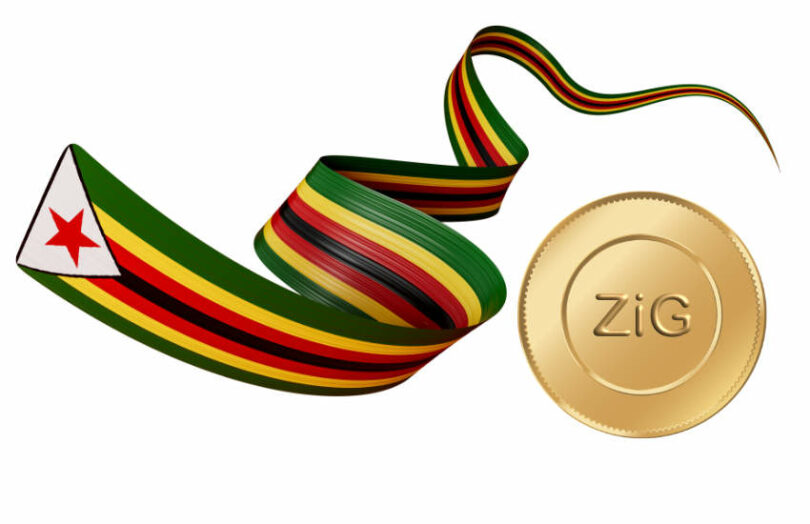During a monetary policy statement last week, Reserve Bank of Zimbabwe (RBZ) Governor John Mangudya said the Gold Backed Digital Tokens (GBDT) that it started to issue in May have been a resounding success. The next phase will be to use the tokens for payments. However, using international exchange rates, the amount of gold token issuance so far has been just US$11 million.
Mr. Mangudya believes the digital tokens, combined with the issuance of physical gold coins, are contributing to price and exchange rate stability. For Zimbabwe, that’s a relative matter.
The Zimbabwe money roller coaster
The country is notorious for its unstable currency, peaking in the mid-2000s when monthly inflation reached 79.6 billion percent.
In early May, the exchange rate rocketed from around ZIM 1,000 to the U.S. dollar up to ZIM 6,750 on Jun 26, and today it is ZIM 4,555. So the current figure is a big improvement, but it’s not out of the woods yet. That’s especially given the July year-on-year inflation rate stands at 101%, although the month of July was -15.25%.
These sorts of gyrations highlight why gold tokens might prove popular provided there’s sufficient trust in the central bank.
The gold tokens as a quasi CBDC
Last year the central bank launched a physical gold cold issuance program which attracted ZW$35 billion ($7.7m) as of mid July, with just 2% of them redeemed. The digital token issuance launched in May this year has attracted ZW$50.50 billion ($11.1m).
So far it has already issued 11 sets of gold tokens, but the surprise is there were only 590 applicants.
The Governor says the central bank has been exploring a central bank digital currency (CBDC) since July 2022, and a survey found 72% said they would use a CBDC. But with these price gyrations people don’t want to hold Zim dollars.
Hence,based on that positive survey response, the central bank is preparing for the gold tokens to move into a second phase in which they are usable for payment transactions, project ZiG. Given they are tokens they can be used in fractional form. It hopes that the gold tokens will compete with demand for U.S. dollars that are widely used for domestic transactions.
It is in the process of coordinating with business associations so they can configure their payment systems to support the issuance of cards denominated in ZiG. There are also plans to launch an awareness campaign.






